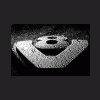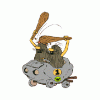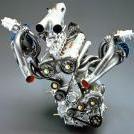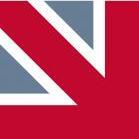Boeing 737 e 737 MAX
737 MAX
52 voti
-
1. Volerai su un 737 MAX quando e se rientrerà in servizio?
-
Sì6
-
No22
-
Vorrei quantomeno attendere abbastanza24
-
- Si prega di accedere o registrarsi per votare a questo sondaggio.
-
Contenuti simili
-
- 9 risposte
- 1677 visite
-
Boeing 787 Dreamliner 1 2 3 4 32
Pubblicato da Autodelta85,
- boeing 787 dreamliner
- boeing 787
- (e 2 altri in più)
- 315 risposte
- 97533 visite
-
- 35 risposte
- 26695 visite
-
-
-





.thumb.jpg.46228d717c405acd43b45b79fddce6a4.jpg)




















Messaggi Raccomandati:
Pubblicato da J-Gian,
0 reazioni
Vai a questo messaggio
Pubblicato da J-Gian,
primo volo del 737 Max 10
Raccomandato da J-Gian
0 reazioni
Vai a questo messaggio
Crea un account o accedi per lasciare un commento
Devi essere iscritto per commentare e visualizzare le sezioni protette!
Crea un account
Iscriviti nella nostra community. È facile!
Registra un nuovo accountAccedi
Sei già registrato? Accedi qui.
Accedi Ora